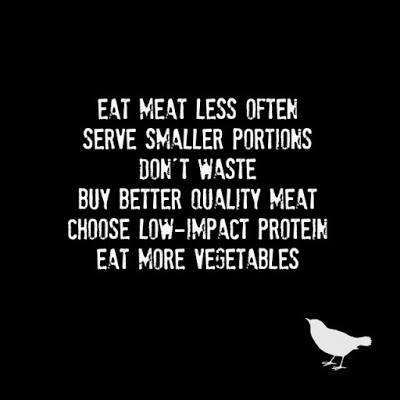An A & W flyer arrived in the mail this week, promoting the chain’s newest addition: the Beyond Meat burger, a plant-based burger made with split peas, mung beans, rice, beets and a dozen or so other ingredients.
The Beyond Meat Burger is the franchise’s most successful new product launch ever, so popular that a month after the July launch they were out of stock. As of October first it was back on the menu.
The popularity of a vegetarian burger at Canada’s second largest burger chain bodes well for the environment.
The greenhouse gas emissions of beef are more than double those of pork and four times the emissions of chicken. A single serving of beef has 6.61 lbs. of CO2 per serving compared to 1.26 lbs per serving of poultry. (Cheese has a surprising 2.245 lbs. of CO2 per serving.) Vegetarian options like beans and lentils have the smallest carbon footprint of substantial protein sources with .11 lbs. of CO2 per serving.
If you’d like to eat less meat for environmental and health reasons, here are some tips:
Six Easy Ways to Eat Less Meat
- Eating meat less often will help reduce the environmental impact of your diet. According to the University of Michigan, eating a vegetarian meal just one day a week could save the equivalent of driving 1,160 miles.
- Serving smaller portions of meat will reduce your footprint. A healthy serving of beef is three ounces. A serving the size of your palm (fingers not included) averages four to six ounces.
- Don’t waste your meat. Meat that goes to waste accounts for more than 20% of meat’s greenhouse gas emissions, according to Environmental Working Group. Use up meat in your fridge or freezer before it goes bad and eat leftovers, including restaurant leftovers.
- Choosing better quality meat has an impact as well: Grass-fed beef has a much lower carbon footprint than factory-farmed beef. It also has fewer antibiotics. Growth hormones are legal for beef in Canada.
- Replace beef with lower-impact proteins. Chicken has the lowest carbon footprint of all meat but other protein sources like fish, nuts, beans and lentils have progressively lower environmental impacts, with lentils having the smallest environmental impact of all common proteins.
- Don’t forget that half of your plate should be filled with fruits and vegetables at each meal. We should be eating about three cups of vegetables each day – that’s about five servings. (A cup of leafy greens counts as half a cup towards your requirement.) The recommended daily intake of fruit is at least two servings.








